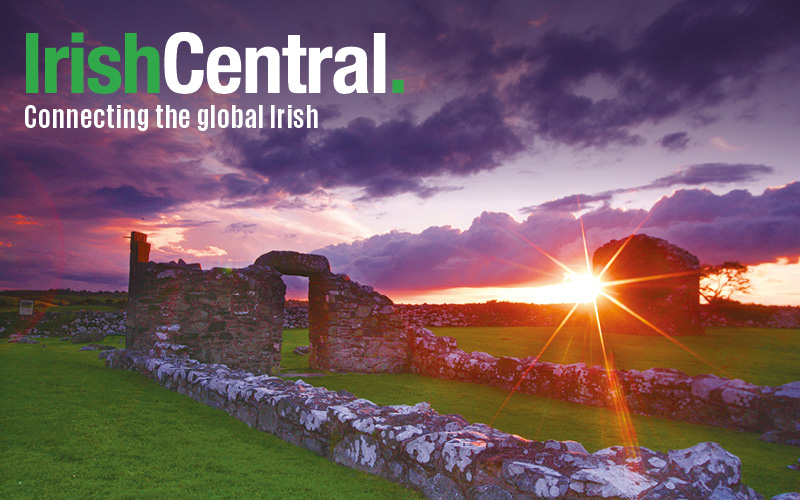April 24, 2016, is a monumental day not only because of all the incredible Easter Rising commemoration events taking place around the world but because another historical event will take place in Ireland: The 2016 census.
Taken every five years, not only does the census track vital information about the country’s population that the government will use in the planning and provision of services in the future, but historically it helps us to learn a significant amount about our country and even our own family’s history, and that’s why it’s so vital for all to fill it out, wherever in Ireland they find themselves tonight.
Especially as we look back on 1916, we can see the importance of the 1901 and 1911 census in giving us a sense of the social history of Ireland in the early 20th century.
With thanks to these records, we can now compile a fascinating picture of life in Ireland as the Rising took place. For example, we can see how in the past one hundred years, the life expectancy of Irish women has soared from 54.1 years old to 82.7 years and how Irish men would then have lived to an average of 53.6 years old, while they can now boast a much longer life of 78.3 years old.
The census can also be used to compare the rising levels of immigration with 89,000 leaving in the Republic of Ireland between 2014 and 2015, compared to 7,302 from the whole island of Ireland in 1911.
Read more: How Ireland today compares to Ireland in 1916
Apart from the fact that it is, of course, legally required, the census will give us a good idea of the number of people who have moved in and out of the country in the past few years. An estimated 750,000 people have migrated to and from the country since the last census in 2011 but as one of the questions requires you to provide your nationality, we’ll have more exact figures on the number of different nationalities now calling Ireland their home.
In this year’s census, the document is divided into two separate sections: one about the home place and the second containing more personal question such as date of birth, religion, languages spoken and even what time you leave for school/college/work in the morning and how you make the trip there!
In recent weeks, several groups have pushed that people don’t claim to be Catholic and don’t tick this box on the census form unless they practice the religion on a daily/weekly basis, not just on Christmas Day or Easter Sunday. These groups argue that if it weren’t for the large number of Irish who say they are Catholic but do not regularly practice, there could be an argument put forward for more non-denominational schools throughout the country.
For those of you who have spent some time researching your family history in Ireland, you’ll already understand how useful the information contained in the census is and with our new technology it can only get easier for those in the future to trace their family tree using new online records.
Unfortunately, Irish census records were widely destroyed by fire during the Civil War after a two-day bombardment and explosion that set alight the Public Records Office within the Four Courts in Dublin. This, unfortunately, has made work much harder for Irish genealogy researchers but the 1901 and 1911 records did survive along with the parish registrars and many other helpful documents. Thankfully, we also have this handy guide to finding your relatives without using census records.
Read more: Finding a long lost relative in the 1901 Irish census
The Central Statistics Office (CSO) will begin publishing the details of this year's census sometime in July after forms are collected on Monday morning, scanned, analyzed, summarized and prepared for publication.




Comments